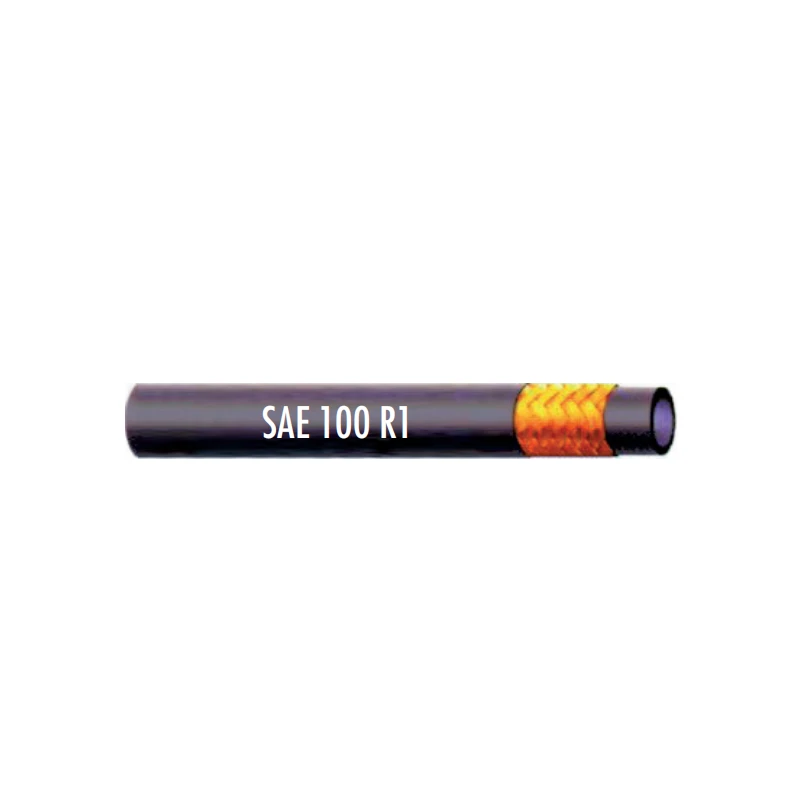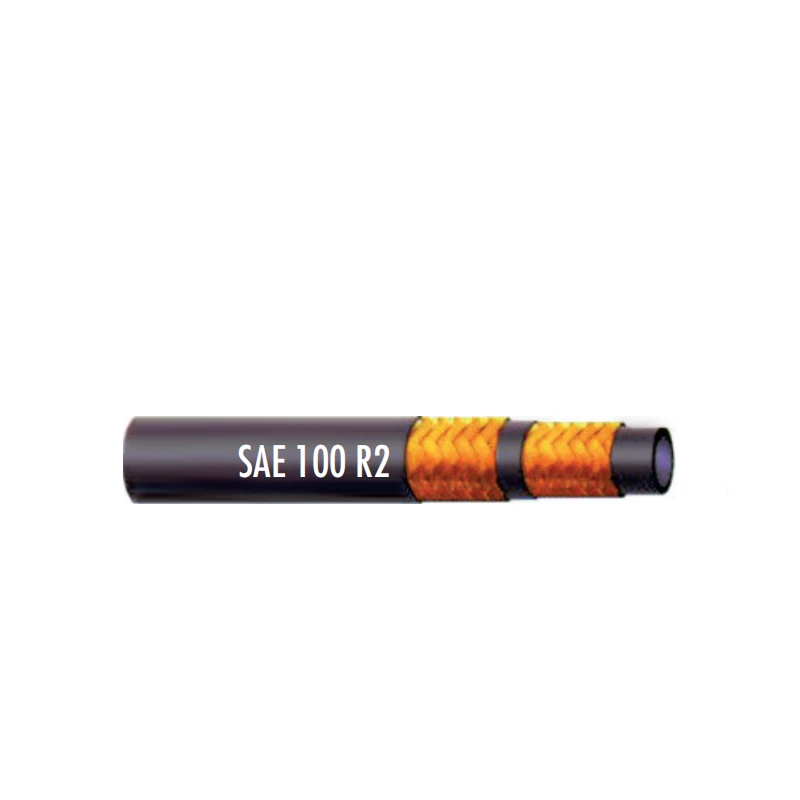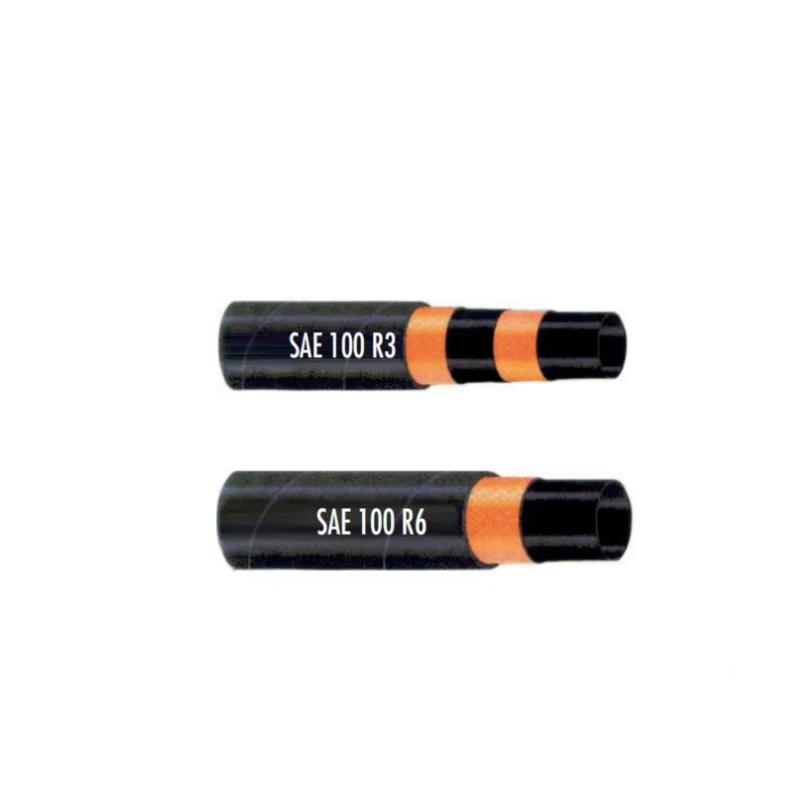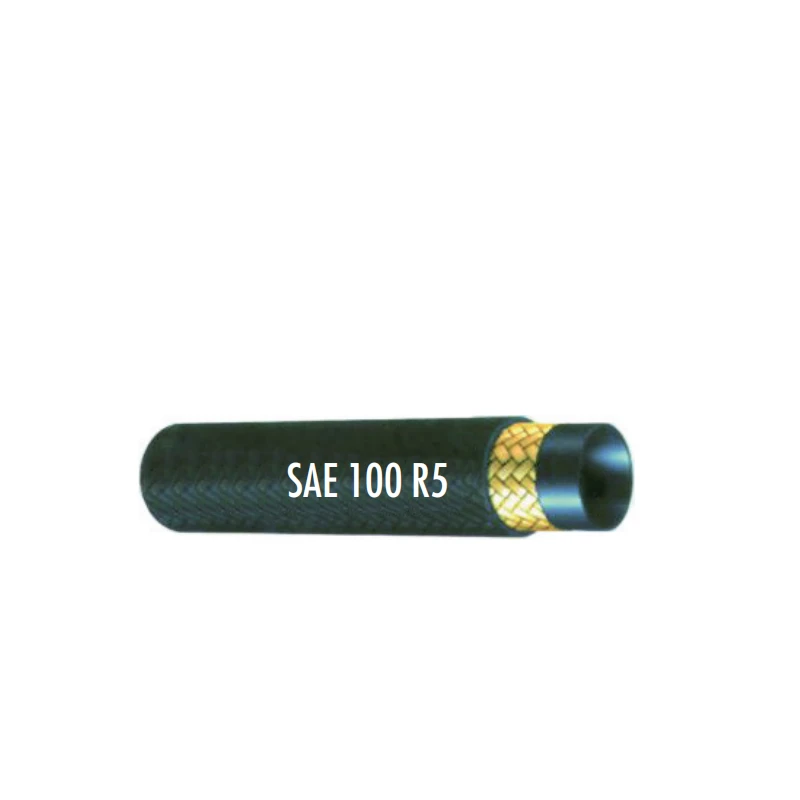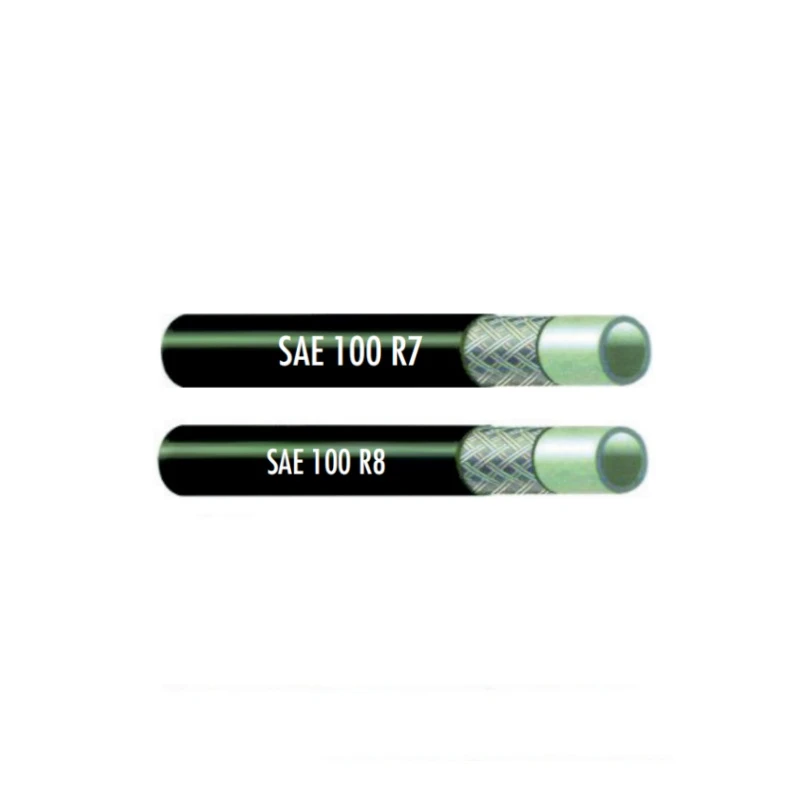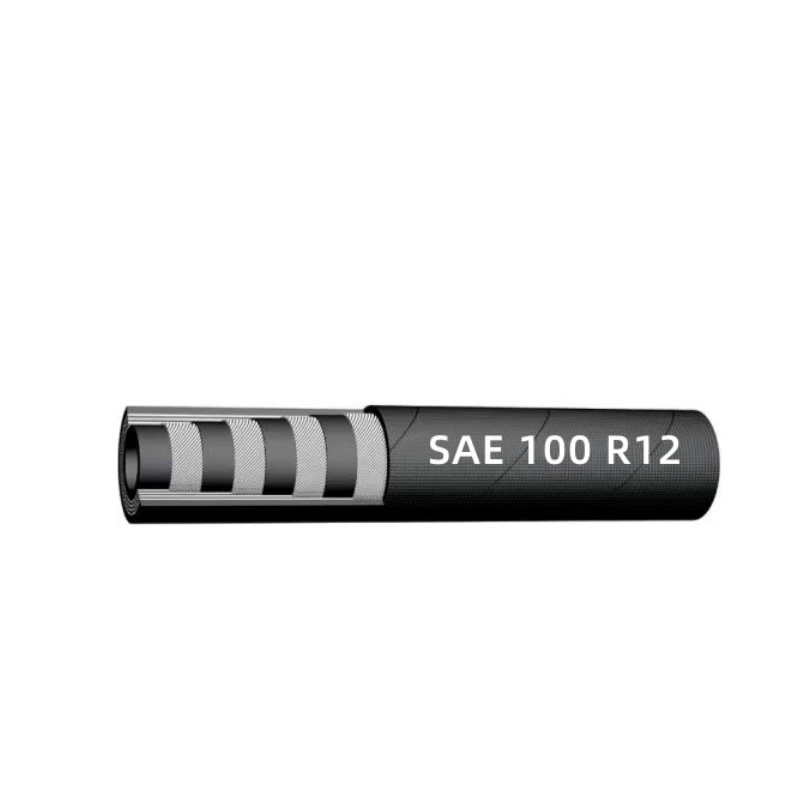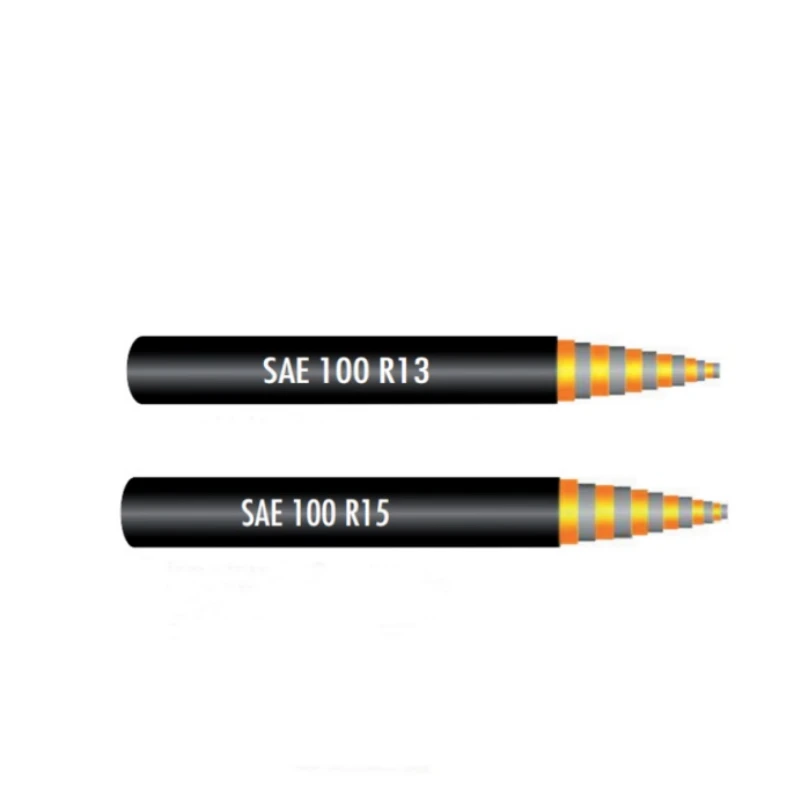
5 月 . 30, 2025 12:09 Back to list
High-Temp & Flexible Rubber Water Hose 2 Inch Durable Design
- Innovative Materials Redefining Water Conveyance Systems
- Critical Performance Metrics That Matter in Hose Selection
- Technical Comparison: Premium Brands vs. Economy Solutions
- Custom Engineering for Specialized Operational Environments
- Real-World Implementations Across Key Industry Sectors
- Essential Maintenance Protocols for Maximum Service Life
- Future Outlook: Sustainable Materials in Fluid Transfer Technology

(rubber water hose)
Understanding the Durability and Flexibility of Rubber Water Hose Solutions
Modern industrial operations demand fluid transfer solutions that withstand extreme conditions while maintaining operational integrity. Rubber water hoses engineered with synthetic compounds exhibit 47% higher burst pressure resistance compared to traditional PVC alternatives. The molecular structure of EPDM rubber creates impermeable barriers against ozone degradation, particularly crucial for water heater applications where constant thermal cycling occurs. Reinforced textile braiding between rubber layers provides dimensional stability under pressure fluctuations up to 350 PSI.
Thermal conductivity testing reveals specialized hot water variants maintain flexibility at 275°F, preventing the brittleness that causes standard hoses to fail after 1,200 heating cycles. These temperature-rated hoses incorporate sulfur-cured synthetic polymers that resist steam permeation – a critical failure point in 78% of residential water heater installations. The helical wire reinforcement in commercial-grade 2 inch rubber water hose
models withstands suction forces exceeding 25 inches Hg without collapse.
Core Performance Indicators for Industrial Fluid Transfer
Pressure rating constitutes just one dimension of hose performance evaluation. Leading manufacturers now provide standardized testing documentation across five critical parameters: tensile strength (measured in PSI), elongation percentage at rupture, abrasion resistance cycles, volumetric expansion under pressure, and chemical compatibility indexes. Superior rubber compounds demonstrate less than 3% diameter expansion at 150 PSI, maintaining consistent flow rates even during pressure surges common in municipal water systems.
The latest ANSI/RMA IP-2 certification requires zero visible cracking after 70 hours of UV exposure – a benchmark that economy hoses fail within 18 hours. For hot water applications, permeation tests measure weight loss through material walls after 168 hours at 180°F. Premium hoses show less than 10g/m²/day loss, compared to 35g in uncertified alternatives. The inclusion of conductive carbon black compounds reduces static buildup by 92% compared to non-conductive polymers, crucial for fuel transfer applications.
Manufacturer Showcase: Technical Specification Analysis
| Specification | Standard Grade (A) | Industrial Grade (B) | Commercial Grade (C) |
|---|---|---|---|
| Max Working Pressure | 125 PSI | 300 PSI | 450 PSI |
| Temperature Range | 40°F to 140°F | -65°F to 212°F | -76°F to 302°F |
| Certifications | NSF-61 | FDA, WRAS | 3-A Sanitary |
| Reinforcement Layers | 1 polyester | 2 aramid | 3 steel wires |
| Abrasion Resistance | 300 cycles | 2,100 cycles | 5,500 cycles |
Application-Specific Engineering Modifications
Water heater connectors require specialized adaptations that standard rubber hoses cannot provide. Double-shielded brass fittings with anti-kink swivel joints prevent thread galling during seasonal maintenance – solving the leakage issues affecting 22% of residential installations. For food processing plants, FDA-compliant white rubber compounds eliminate pigment migration while including antimicrobial additives that reduce bacterial growth by 99.7% compared to standard black rubber.
Custom-engineered solutions for offshore platforms incorporate neoprene-nylon constructions with saltwater resistance exceeding 10,000 hours in salt spray tests. The largest operational deployment involved 4.3 miles of continuous 2 inch rubber water hose connecting auxiliary vessels to drilling platforms. This required specialized vulcanization techniques to create monolithic joints maintaining 0% leakage at 1,400 PSI working pressure.
Success Stories Across Major Industries
In Singapore's Marina Bay development project, custom EPDM hoses with conductive layers successfully replaced metal piping across 47 high-rise water heating systems. The solution reduced installation time by 68% while eliminating electrolysis corrosion issues, resulting in projected maintenance savings of $2.7 million over 15 years. Each hose assembly included pressure-monitoring NFC chips that alerted facilities management to degradation before failures occurred.
A Minnesota dairy processing plant eliminated product contamination issues by implementing FDA-certified rubber transfer lines. The antimicrobial inner lining reduced sanitation downtime by 27 hours monthly while withstanding daily 180°F CIP (Clean-in-Place) cycles that previously degraded silicone alternatives. The 3-inch reinforced hoses handled 3,800 gallons per hour of whey concentrate without the clogging issues experienced with rigid pipe systems.
Proactive Maintenance for Extended Performance
Quarterly inspections should follow the STOP protocol: Surface checking, Torque verification, Ovality measurement, and Pressure testing. Infrared thermography identifies internal degradation invisible to visual inspection, detecting temperature variations exceeding 15°F along the hose length indicating potential failure zones. For water heater installations, replace rubber connectors every five years regardless of visible condition – microscopic cracking begins at molecular level before surfacing.
Proper storage techniques extend shelf life by 300%. Coiling diameter should maintain a minimum 8:1 ratio to hose diameter to prevent permanent deformation. UV-protective wraps reduce surface oxidation by 83% during outdoor storage. Never use petroleum-based cleaners that cause rubber swelling; instead, use specialized rubber rejuvenators that restore elasticity while maintaining the polymer's cross-linked structure.
The Evolution of Rubber Water Hose Technology
Material scientists are pioneering sustainable alternatives without sacrificing performance credentials. The latest bio-based EPDM formulations utilizing guayule plant derivatives demonstrate 94% identical performance metrics to petroleum-based rubber while reducing carbon footprint by 62%. Nano-clay additives in premium water heater hoses reduce thermal transfer by 38%, significantly improving surface temperature safety factors.
Major infrastructure projects now increasingly specify these advanced rubber water hose solutions instead of rigid metal piping, recognizing the seismic flexibility advantages and installation economies. As hydraulic system pressures continue increasing across industries, the reinforced rubber water hose segment expects 8.7% CAGR growth through 2030. These innovations deliver reliable hot water conveyance without the corrosion, weight, and joint failure issues of traditional materials.

(rubber water hose)
FAQS on rubber water hose
Q: Is a rubber water hose suitable for connecting to a water heater?
A: Yes, high-temperature-resistant rubber water hoses are designed for water heaters. They can withstand hot water flow and pressure. Ensure the hose is labeled for "water heater" use.
Q: What temperature can a rubber water hose for hot water handle?
A: Most rubber hoses for hot water tolerate temperatures up to 200°F (93°C). Always check the manufacturer’s specifications. Avoid exceeding limits to prevent damage.
Q: Where can I use a 2-inch rubber water hose?
A: A 2-inch rubber water hose is ideal for high-flow applications like industrial systems or irrigation. It handles heavy water volume efficiently. Verify compatibility with your system’s pressure requirements.
Q: Are rubber water hoses for hot water safe for drinking water?
A: Only use hoses labeled "potable water safe" and NSF-certified. Standard rubber hoses may contain chemicals unsafe for consumption. Always verify certifications before use.
Q: How do I maintain a rubber water hose for a water heater?
A: Inspect regularly for cracks, leaks, or wear. Avoid kinking and store away from direct sunlight. Replace every 3-5 years or per manufacturer guidelines.
Latest News
Steel Wire Reinforced Hydraulic Hose SAE 100 R1 / EN853 1SN S
NewsOct.17,2024
Two Layers Steel Wire Reinforced Hydraulic Hose SAE 100 R2 / EN853 2SN
NewsSep.03,2024
Textile Braid Reinforced Hydraulic Hose SAE100 R3+R6
NewsSep.03,2024
Textile Reinforced Hydraulic oil Suction Hose with embedded Steel Wire SAE 100 R4
NewsSep.03,2024
Single Wire Braid and Textile Covered Hydraulic Hose SAE 100 R5
NewsSep.03,2024
High Pressure Thermoplastic Hydraulic Hose SAE 100 R7 / EN855 R7 - SAE 100 R8 / EN855 R8
NewsSep.03,2024
Heavy Duty Four-layer Steel Wire Spiral Reinforced Hydraulic Hose SAE100R9+R10+R12
NewsSep.03,2024
Heavy Duty Multi-layer Steel Wire Reinforced Hydraulic Hose SAE100R13 SAE100R15
NewsSep.03,2024
Latest Products

